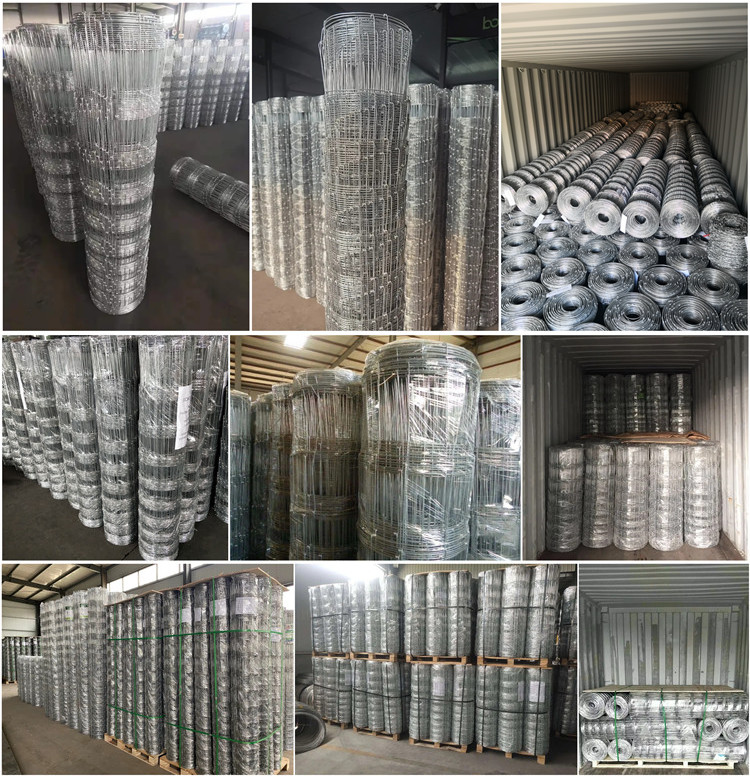Dec . 11, 2024 11:03 Back to list
Effective Temporary Fencing Solutions for Safe and Secure Construction Sites
Temporary Fencing for Construction Sites Ensuring Safety and Security
In the bustling world of construction, safety and security remain paramount concerns for site managers. Temporary fencing plays a crucial role in ensuring that construction sites are both safe for workers and secure from unauthorized access. This article explores the necessity of temporary fencing, its benefits, types, and best practices for implementation.
Importance of Temporary Fencing
Construction sites are inherently hazardous environments. With heavy machinery, open pits, and construction materials scattered around, the risk of accidents is significant. Temporary fencing serves as a physical barrier that helps manage the hazards by safeguarding both workers and the public. It prevents unauthorized individuals, including children and trespassers, from entering dangerous areas, significantly reducing the potential for accidents and injuries.
Moreover, construction sites often attract thieves and vandals, resulting in costly losses and project delays. By installing temporary fencing, contractors can deter crime by making it more difficult for thieves to access valuable equipment and materials. The visual barrier not only signifies that an area is off-limits but also enhances the overall security of the site, providing peace of mind for stakeholders and clients.
Benefits of Temporary Fencing
1. Enhanced Safety The primary benefit of temporary fencing is enhanced safety. By clearly marking the boundaries of a construction site, it helps prevent accidents by keeping unauthorized personnel away from hazardous areas.
2. Site Security Temporary fencing acts as a deterrent against theft and vandalism. When equipment and materials are enclosed within a secured area, it minimizes the risk of loss, which can significantly affect project timelines and budgets.
3. Regulatory Compliance Many local regulations require construction sites to be fenced off to ensure public safety. Adhering to these regulations not only avoids potential legal issues but also demonstrates a commitment to safety.
4. Versatility Temporary fencing is available in various types and materials, allowing for customization to suit specific site needs. Whether the requirement is for visual screening, crowd control, or simply a physical barrier, there’s a suitable solution.
5. Ease of Installation and Removal Unlike permanent fencing solutions, temporary fencing can be installed and removed quickly and efficiently. This flexibility is particularly advantageous in the construction industry, where project timelines can change rapidly.
Types of Temporary Fencing
temporary fencing for construction sites

1. Chain Link Fencing This is one of the most common types of temporary fencing. It’s durable, can withstand adverse weather conditions, and provides excellent visibility. Chain link fencing is often used for large construction sites.
2. Snow Fencing Typically made from plastic or wood, this type of fencing is lightweight and designed to control drifting snow. However, it can also be used to restrict access to certain areas of a site.
3. Hoarding This solid barrier not only serves as a security measure but also helps improve the site's aesthetic appeal. Hoarding can be customized with branding, making it a useful marketing tool for contractors.
4. Construction Barrier Fencing Often used for pedestrian safety, barrier fencing directs foot traffic safely around a construction site. It is usually made of plastic or metal and is easily visible.
Best Practices for Implementation
To ensure the effectiveness of temporary fencing, several best practices should be observed
- Regular Inspection Conduct regular checks of the fencing to ensure it remains intact and secure. Any damage should be repaired promptly to maintain safety.
- Clear Signage Place clear signs indicating restricted access areas, potential hazards, and safety instructions around the fencing. This can help to further deter unauthorized access.
- Proper Installation Engage professional services for the installation of temporary fencing to ensure it meets all safety standards and can withstand environmental challenges.
- Maintain Aesthetics Where applicable, consider using hoarding that blends with the surroundings or reflects the branding of the project. This can make a positive impression on the public while maintaining security.
Conclusion
Temporary fencing is an essential component of construction site management, providing safety, security, and compliance with regulations. By selecting the appropriate type of fencing and adhering to best practices, construction managers can create a safe working environment and protect their valuable assets. Investing in effective temporary fencing solutions ultimately contributes to the overall success of construction projects, ensuring they are completed safely and on time.
-
Hop Dipped Galvanized/PVC Coated Temporary Fence - Anping County Xingzhi Metal Wiremesh Products Co., Ltd.|Temporary Fencing Solutions, Durable Security Products
NewsJul.30,2025
-
Hop Dipped Galvanized/PVC Coated Temporary Fence-Anping Xingzhi|Durability&Cost-Effective
NewsJul.30,2025
-
Hop-Dipped Galvanized PVC Fence - Anping Xingzhi | Durable, Quick Deployment
NewsJul.30,2025
-
Hop Dipped Galvanized/PVC Coated Temporary Fence - Anping County Xingzhi|Temporary Fencing, Durable Security, Customization
NewsJul.30,2025
-
Hop Dipped Galvanized PVC Coated Temporary Fences - Anping County Xingzhi|Durable Corrosion Resistance, Quick Installation
NewsJul.30,2025
-
Hop Dipped Galvanized / PVC Coated Temporary Fence - Anping County Xingzhi Metal Wiremesh Products Co., Ltd|Durable Temporary Fencing&Versatile Applications
NewsJul.30,2025



